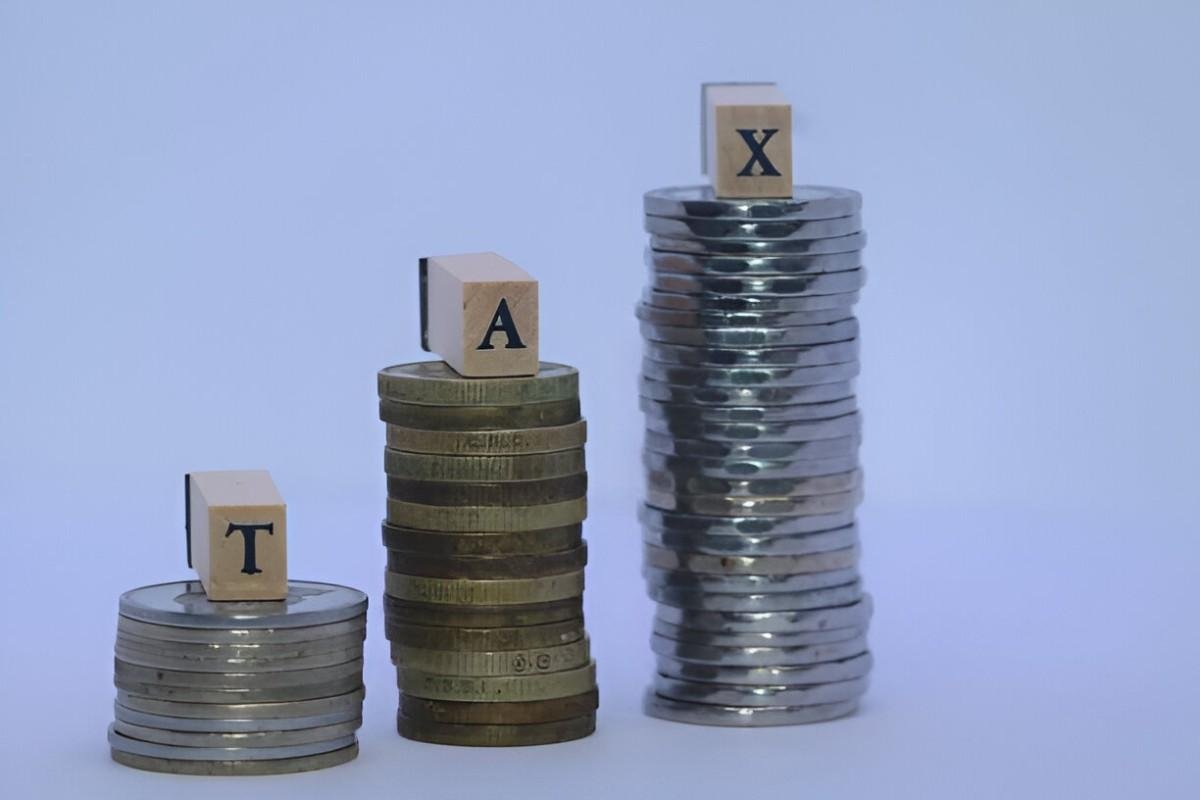As a finance expert, I often get asked how mutual funds perform after accounting for taxes. Many investors focus on pre-tax returns, but what really matters is the money that ends up in your pocket. In this article, I’ll break down the key factors that determine after-tax returns, compare different types of mutual funds, and provide actionable insights to help you make tax-smart investment decisions.
Table of Contents
Why After-Tax Returns Matter
Mutual funds generate taxable events in several ways:
- Capital Gains Distributions – When the fund sells securities at a profit, investors receive taxable distributions.
- Dividend Income – Dividends from stocks or interest from bonds are taxed annually.
- Redemptions – Selling your mutual fund shares may trigger capital gains taxes.
The IRS taxes these events differently, and the net effect can significantly reduce your real returns.
How Taxes Impact Mutual Fund Performance
1. Capital Gains Distributions
When a mutual fund manager sells a winning stock, the fund must distribute capital gains to shareholders. These distributions are taxable, even if you reinvest them.
For example, if you hold Fund A in a taxable account and it distributes \$1,000 in long-term capital gains, you’ll owe taxes at the long-term capital gains rate (typically 15% or 20%).
2. Dividend Taxation
Dividends are taxed either as:
- Qualified dividends (lower tax rate, usually 15%-20%)
- Ordinary dividends (taxed at your income tax rate, up to 37%)
Bond funds often generate non-qualified dividends, which are taxed at higher rates.
3. Turnover Ratio Matters
A fund’s turnover ratio measures how frequently the manager buys and sells securities. High turnover usually means more taxable distributions.
\text{Turnover Ratio} = \frac{\text{Total Purchases or Sales (whichever is lower)}}{\text{Average Assets}}A fund with a 100% turnover ratio replaces its entire portfolio annually, likely generating more taxable events than a fund with 20% turnover.
Comparing Tax Efficiency of Different Mutual Funds
Not all mutual funds are equally tax-efficient. Below is a comparison of common fund types:
| Fund Type | Tax Efficiency | Reason |
|---|---|---|
| Index Funds | High | Low turnover, fewer capital gains distributions |
| Actively Managed Funds | Low to Medium | High turnover, frequent trading |
| Municipal Bond Funds | Very High | Tax-exempt interest at federal level (sometimes state too) |
| REIT Funds | Low | Non-qualified dividends, high taxable income |
Example: Index Fund vs. Active Fund After-Tax Returns
Let’s compare two funds over 10 years:
- Fund X (Index Fund)
- Pre-tax return: 7%
- Turnover: 5%
- Tax drag: ~0.5% annually
- Fund Y (Active Fund)
- Pre-tax return: 7.5%
- Turnover: 80%
- Tax drag: ~1.5% annually
After 10 years, assuming a 20% capital gains tax rate:
- Fund X After-Tax CAGR:
Fund Y After-Tax CAGR:
\text{After-Tax Return} = 7.5\% - 1.5\% = 6.0\%Despite the active fund’s higher pre-tax return, the index fund wins after taxes.
Strategies to Improve After-Tax Returns
1. Hold Tax-Inefficient Funds in Retirement Accounts
Place REITs, high-yield bond funds, and actively managed funds in IRAs or 401(k)s to defer taxes.
2. Use Tax-Managed Funds
Some funds are explicitly designed to minimize taxes by:
- Avoiding high-turnover strategies
- Offsetting gains with losses (tax-loss harvesting)
3. Opt for ETFs Over Mutual Funds
ETFs typically have lower capital gains distributions due to their creation/redemption mechanism.
The Role of Tax Brackets
Your marginal tax rate affects how much you lose to taxes. Consider this breakdown:
| Tax Bracket | LTCG Rate | Qualified Dividend Rate |
|---|---|---|
| 10%-12% | 0% | 0% |
| 22%-35% | 15% | 15% |
| 37%+ | 20% | 20% |
If you’re in the 24% bracket, a \$1,000 capital gain distribution costs you \$150 in taxes.
Final Thoughts
After-tax returns are what truly determine your wealth growth. By understanding how mutual funds generate taxable income, you can structure your portfolio to minimize unnecessary tax drag. Index funds, ETFs, and tax-managed funds often outperform their active counterparts after taxes. Always consider your personal tax situation before making investment decisions.





